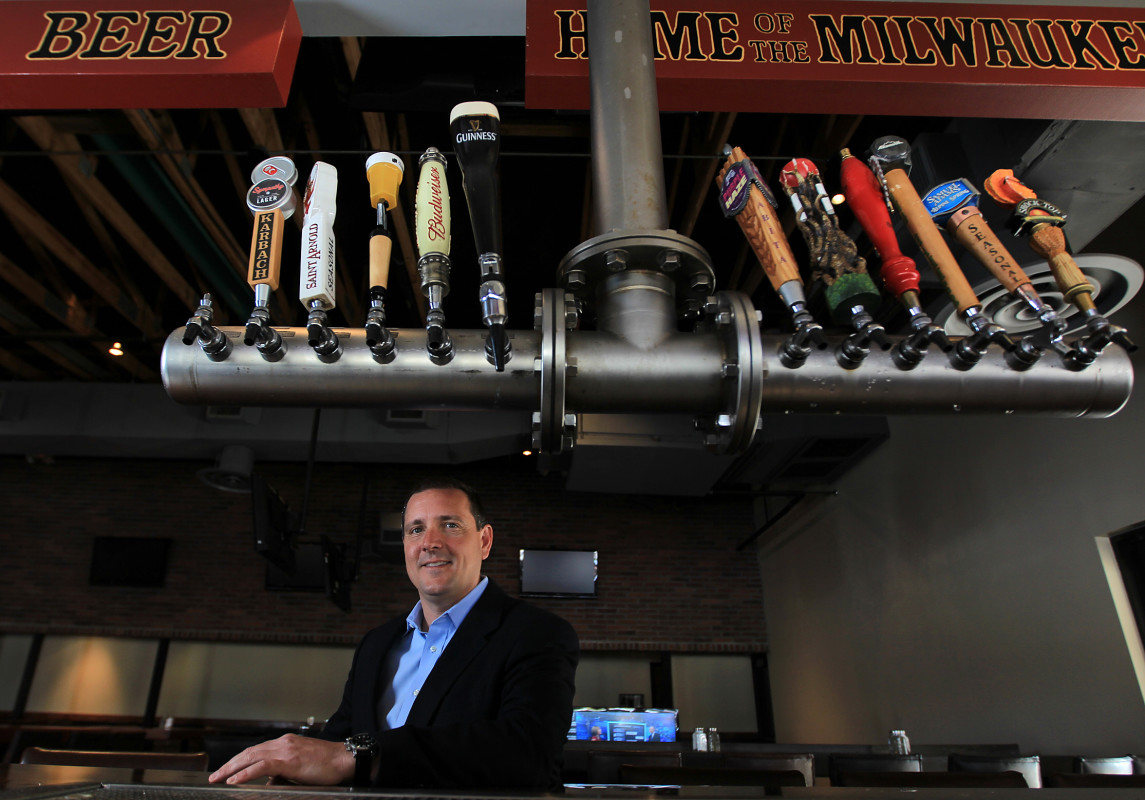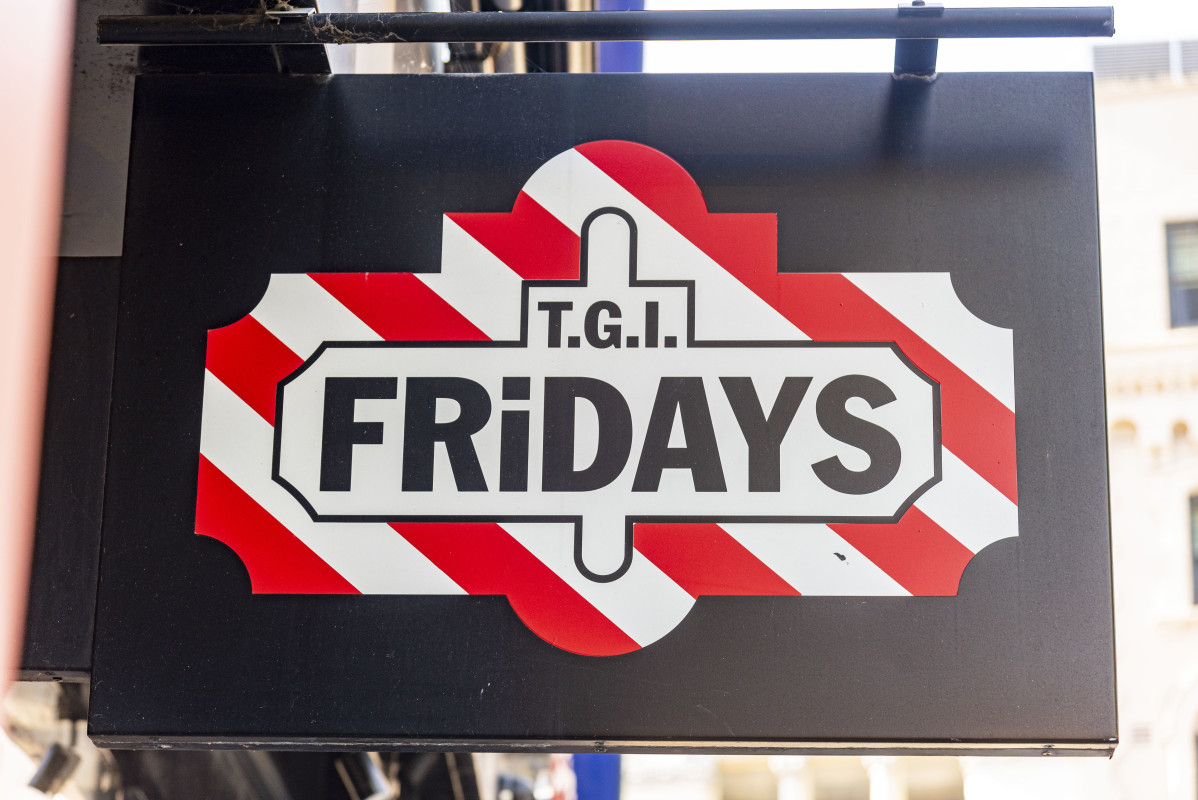CEO Talks About Reviving TGI Friday's Chain After 'Devastating' Bankruptcy
The CEO of TGI Fridays, Ray Blanchette, has explained the iconic restaurant chain's efforts to revive after a 'devastating" bankruptcy filing.
In a telephone interview with Men's Journal, Blanchette candidly outlined the strategies being deployed to rescue the struggling restaurant chain, which has 85 restaurants in 19 states throughout the U.S. today but had 600 restaurants at its height in 2008. The chain launched in 1965, so it is a historic brand.
The company has more than 460 restaurants in more than 40 countries, and that's one key to its strategies for regrowth, he said. In November, TGI Fridays filed for bankruptcy; it is now run by franchisees, and Blanchette, formerly CEO, was brought back on to lead the revival efforts. The chain's struggles are not unique in the industry, as other iconic brand names, like Subway, are also losing restaurants.
TGI Friday's global business was outside the bankruptcy, he said, still describing the bankruptcy as “devastating. Bringing this brand back feels more like a calling than a job.”
TGI Fridays has “always been known as innovators," bringing diners “potato skins, fried vegetables, the Long Island Iced Tea,” as well as fried mozzarella sticks, Blanchette said in the interview. Back in the day, acting legend Tom Cruise was “training with Friday’s bartenders for the movie Cocktail. That’s the space we should own in the consumers’ mindset.”

When he took over on Jan. 1 as CEO, Blanchette started by reviewing the menu and cooking methods. “If we’re not proud of it, either fix it or delete it,” he said, saying they wanted more “bold innovation,” but he added, “We are selling experiences, not groceries.”
The chain has announced that it's reimagining 85% of its menu.
TGI Fridays has a lot going for it; the brand has a well-known name that is nostalgic to many, especially those growing up in the 1980s and 1990s. However, like other brands, it ran head-on into modern economic pressures and changing consumer habits.
“For us, it starts with alignment with a global strategy,” Blanchette said in the interview. He said the company put together a management advisory committee consisting of “six international franchise owners.”
“You can go to Peru on Instagram and see Peruvians having a great time in Fridays,” he said of the international market. In particular, the brand has “big footprints” in the Philippines, Peru, Greece, Cyprus, and Taiwan.
The company has been in Peru since 1997, starting with two stores and expanding to 18. Another 12 are on the way, he said. “We sell Americana around the globe.” He said they are paying “attention” to the current national climate, but so far they “aren’t feeling it in our restaurants. In Peru, they feel like it’s their brand.”
But the chain is also focusing on its domestic menu.
“I’m very confident we are going to make a different noise in the marketplace,” he said. “We will open 22 restaurants internationally this year and two more domestically.” Part of the focus is on “hand-crafted cocktails.”
The new menu includes mozzarella sticks with three flavors: Franks RedHot Buffalo, Garlic Parmesan, and Whiskey Glaze.
The chain is also offering seven new drinks, a Big Queso Energy Burger, and loaded tots.
Blanchette has been a CEO since 2007 for various brands, and he started as a manager in training at a TGI Friday’s in Philadelphia in 1989.
“The company was a very stable company for a long, long time,” the CEO said, noting, “It doesn’t take long for a restaurant company to start heading south. You’re working on very little margins. You have to build the customer base up every day.” He said the chain is “remodeling all of our businesses.”
“I grew up in Friday’s,” he said. He then helped run Joe’s Crab Shack and Au Bon Pain bakery café, eventually returning to TGI Fridays.
The pandemic was “absolutely terrifying,” he said, because “80 percent of the revenue in the company went away.” But the chain “found new ways to compete,” setting up tents in parking lots. “It was crazy.”
However, that wasn’t the only reason for the company’s downturn, he said, citing “Lack of investment.”
“When you think about the brands that stand the test of time, the formula is pretty simple. These aren’t ATMS; they require reinvestment, they require updating, they require innovation, and also in marketing. If your brand isn’t growing, every year your marketing budget becomes a headwind," he said. “You add on inflation… inflation probably affected the value equation a little bit. You have to pass through whatever you need to pass through.“

He said that the “cake was baked” and inflation was predictable after the government "sent out the first round of checks to people to stabilize their households. The only way you can pay that back is through inflation.”
At first, when dining rooms reopened, “people were flush with cash. Then, they had to start absorbing all that inflation.” That started to impact discretionary income, he said.
He said he raised his family on TGI Friday and is excited to see what the company can do as it moves forward.
“It’s about getting people with a real vested interest and getting them energized and engaged around a new brand vision," he added.
Related: National Restaurant Chain Reimagines 85% of Menu in Big Change
source https://www.mensjournal.com/food-drink/ceo-talks-about-reviving-tgi-fridays-chain-after-devastating-bankruptcy
Comments
Post a Comment